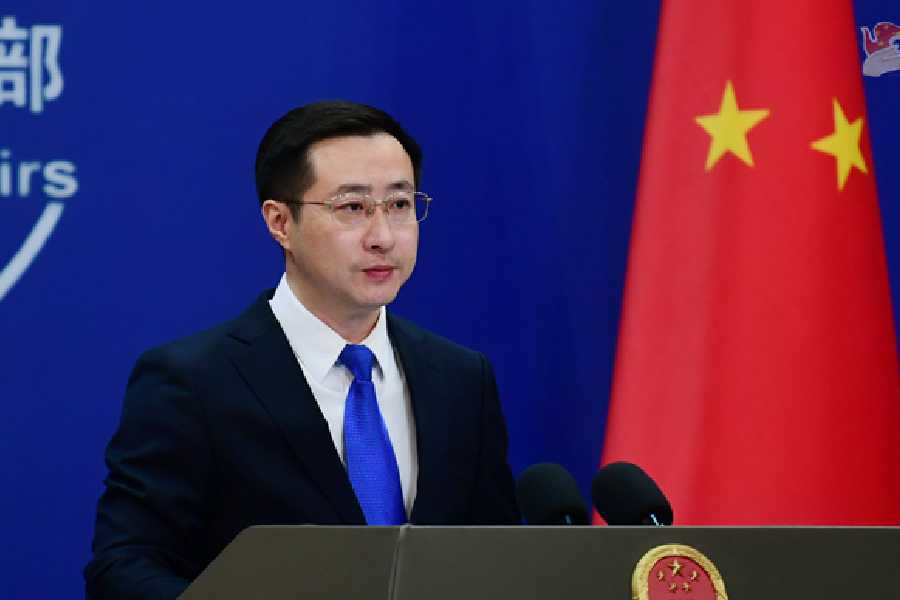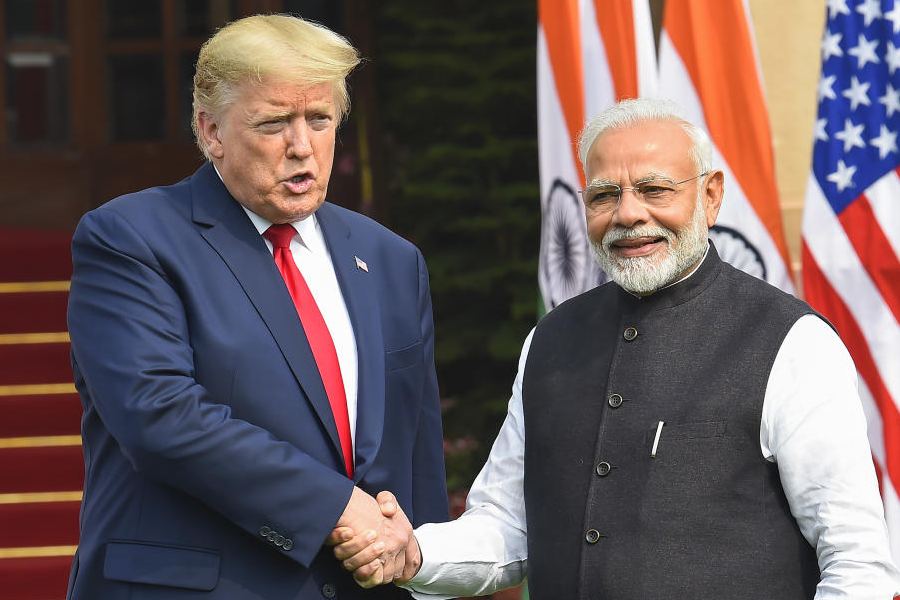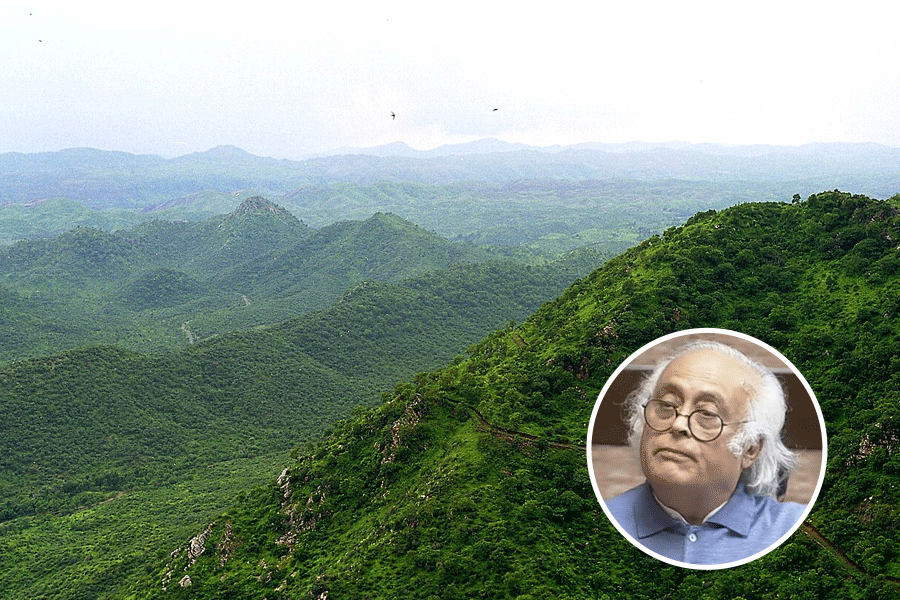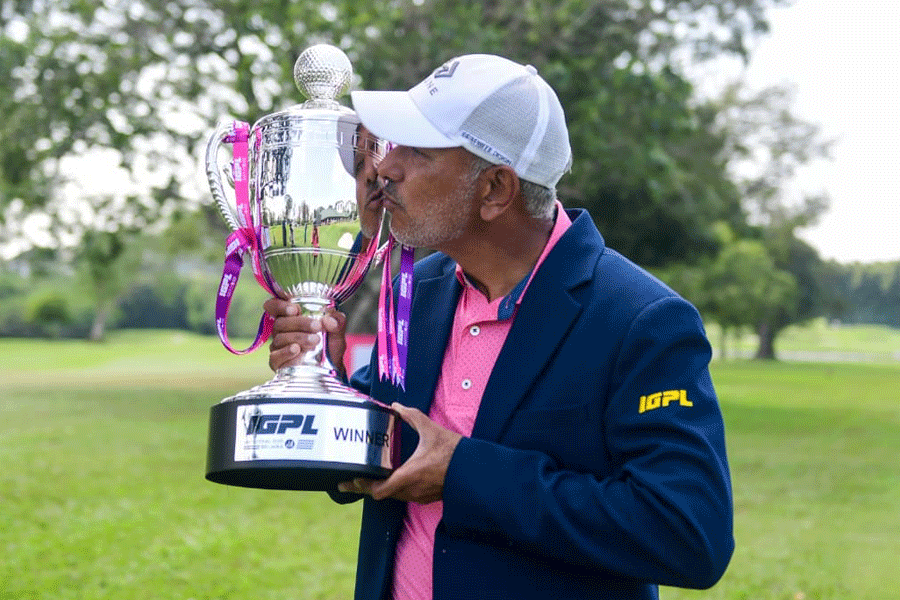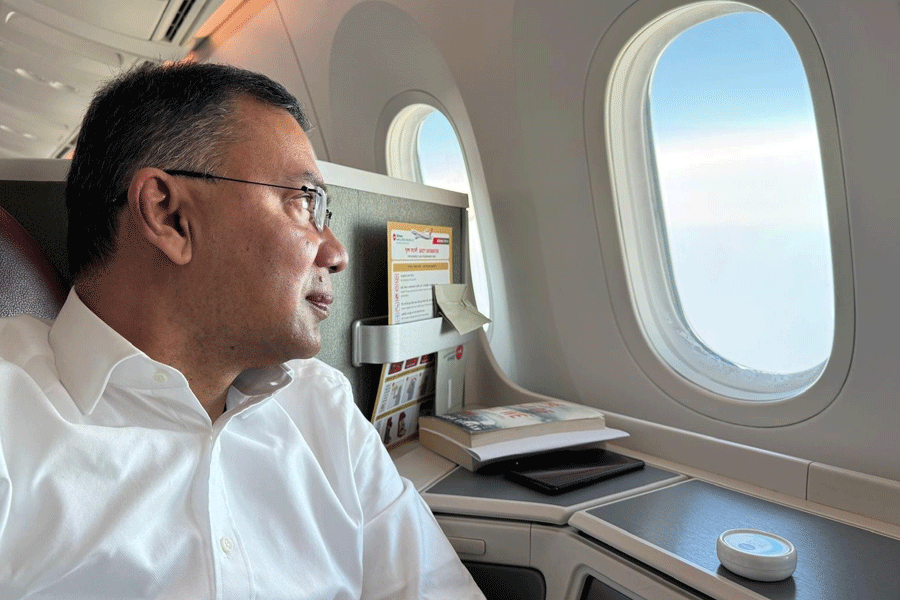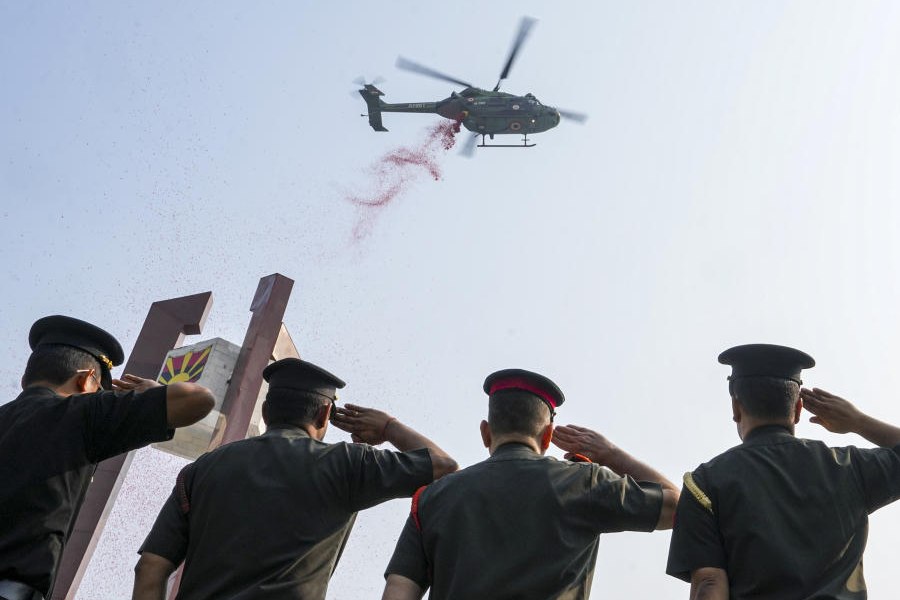 |
In a recent lecture on the first coins to be minted in India by the British, Calcutta historian P.T. Nair had traced the history of the first legal tender in circulation in this city.
According to Nair, August 29, 2007, was the day when exactly 250 years ago, the East India Company had minted in Calcutta and circulated the first rupee or sicca as legal tender in the Mughal province of Bengal.
In his lecture organised by the Society for Preservation, Calcutta, Nair had said the Nawab of Bengal gave formal sanction to the British to establish a mint here in 1757 only after they had been here for 150 years. After capturing Fort William on June 20, 1756, Siraj-ud-Doulah renamed Calcutta as Alinagar.
After Clive defeated him, the Nawab was forced to sign the treaty and grant permission to set up a mint at Alinagar to coin siccas and mohurs of Murshidabad standard. The Calcutta mint (1757-1791) was located in a building next to the Black Hole in the old fort — that should be where the General Post Office is situated. Before the arrival of an assay master and machinery from Europe, workmen from Murshidabad stood in.
July 4, 1757, is regarded as the birth date of the first Calcutta rupee, by when 4,000 rupee were coined. Nair said the first coin minted at Alinagar-Calcutta is in the British Museum collection, and the first gold mohur struck at Alinagar is with a foreign collector.
Forty thousand siccas were struck here between June 13 and July 28, 1757. Not till August 29, 1757, did the siccas minted in Calcutta become legal tender.
After the Battle of Plassey, and Siraj’s murder, Mir Jafar became the ruler. He revalidated Siraj’s sanad and on July 15, 1757, confirmed the production of new coins.
Jagat Seth, the Nawab’s banker and one of Murshidabad’s leading shroffs, assured the fineness of the bullion and the correctness of the weight of coins before circulation. All formalities concerning the declaration of the sicca minted in Calcutta were observed and the rupee became a local tender.
In 1791, the mint was shifted to Church Lane in the building occupied by the Indian Government’s Stationer Office.
The third mint still stands on Strand Road and is almost derelict. The Alipore mint was declared open on March 19, 1952.
And now the Old mint on Strand Road is all set to be transformed into a mint museum and a printing museum as well, complete with all the amenities to attract tourists and scholars in equal measure.
I had visited the Old Mint at 47 Strand Road in February 2000. At that time, L.R. Prasada Rao was in charge and he had shown me around.
To the extreme left lay the yellow building then occupied by the inspector-general of the Central Reserve Police Force.
Looming next to it was this voluminous shell of brickwork and iron that could have doubled as a hangar and a godown as well, but actually used to be the staff canteen.
On the opposite side of the road were the staff quarters. The staff quarters (there are two buildings, one built in 1907) are in pretty bad shape. Adjacent to one of these buildings is a series of single-storeyed flats with a pediment and columns in a similar state of disrepair.
Rao had said no record is maintained on the mint. It is known that before it was finally closed in September 1985, it was a silver refinery where the noble metal used to be extracted from batteries used by the Indian Air Force.
The main building on the right-hand side of the rails earlier used by trolleys was of humongous proportion.
It began almost from Strand Road and stretched as far as Debendra Nath Tagore Road behind it. But with most of the glass window panes either shattered or missing, it looked shell-shocked.
However, even in its present derelict state, the view from Strand Road of its colonnaded central porch is awesome. It is in Grecian Doric style, and according to Cotton, “the central portico facing the Strand was a copy of the Temple of Minerva at Athens.” A Greek temple in smelly Posta Bazar fronted by 40 massive columns.
Actually two mints functioned there — the silver opened in 1831, and the copper to its north-east went on stream in 1865. The silver mint was designed by Major WN Forbes in six years, and because of the alluvial soil, the foundation went as deep down as 25 feet. Thus it is almost as deep underground as it is high overground.
According to a public works department register, the recorded value of the silver mint and bullion vault was Rs 7,35,776. Cotton suggested “the best time to see the Mint is between the hours of 11am and 1pm, in order to be present at the pouring of the molten silver.”
It was one of the busiest mints in the world and records show that in December 1918, it produced 1,900,00 finished coins in one day, a world record.
All the doors are shuttered, and the huge meshed openings offer tantalising glimpses of dark and half-lit forms inside.
Apart from the CRPF jawan standing guard with his rifle on the steps, there is nobody in the compound. He never allows anybody to bring out a camera.
A tank filled with algae to the left of the main building resembles a giant soup bowl. Till about 1990, the whole place was choking with grass. That was perhaps the last time the mint had been repaired — albeit haphazardly — by the central public works department.
The Alipore Mint is much better maintained. Perhaps this much would not have been done had the Calcutta Municipal Corporation not declared it a heritage building.
The vaults and the refineries were no-go zones. A sealed padlock hung on the door. It was like entering the nether regions. Heaps of junk were stacked all over the dark corridor. The staff used to be frisked in the cubicles before they left. In keeping with the central portico, the porch is colonnaded but much of it is without cladding.
The giant furnaces and the vaults, complete with their brandnames, were still there but the fires had died out forever.
soumitra.das@abp.in


